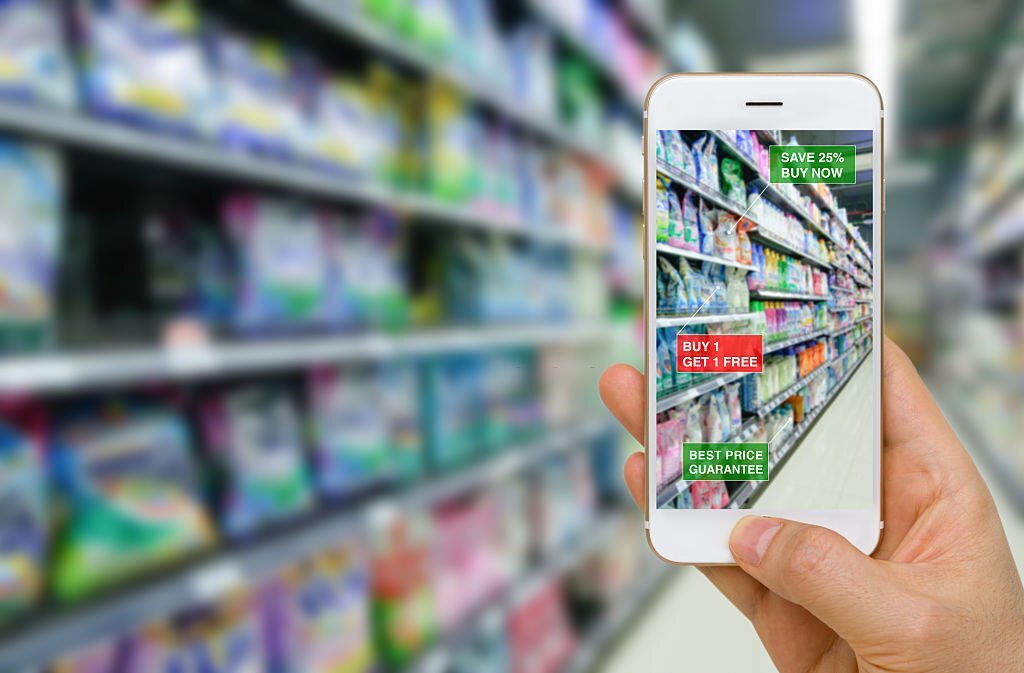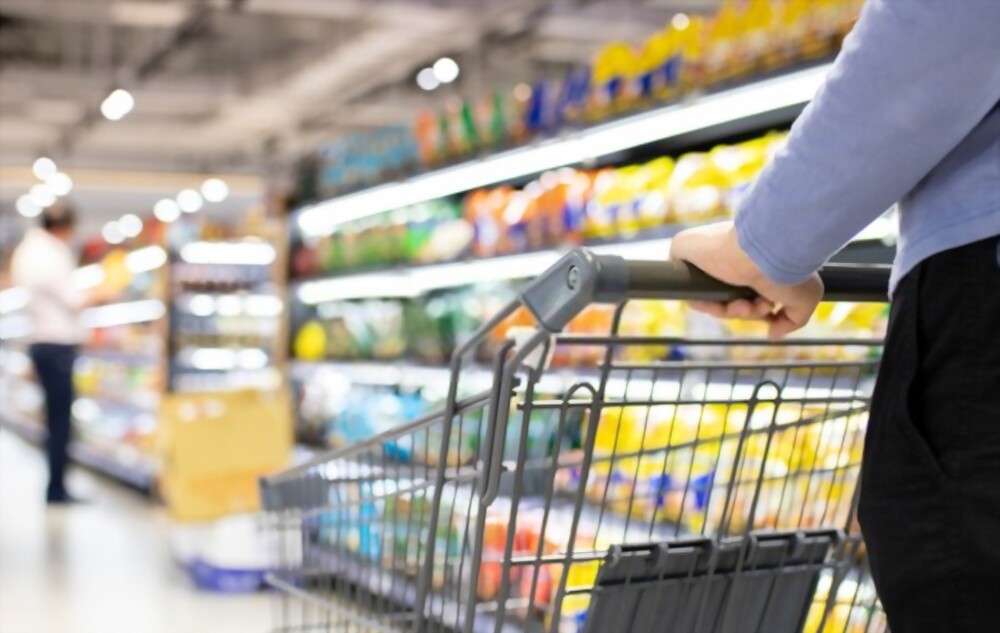Walking into a store and finding all the products from your grocery list is no luck. Many people and numerous hours of planning and strategizing go behind getting those products to the shelves. It’s not just manufacturers, merchandisers, or reps calling the shots anymore. The whole operation exists on data derived from complex analysis of user experiences, consumer behavior, user insights, merchandising data, and purchase pattern history of retail stores. A cumulative assessment of such parameters ensures that CPG brands can create a perfect store where their users identify, buy or consume products with minimal effort.
Why does a Perfect Store Execution Matter for a Consumer Goods Company?
A perfect store execution by merchandisers of a CPG brand aims to provide consumers with an enhanced shopping experience. Data shows that 64% of Americans perform an impulse buy every month. Perfect stores provide consumers with the right reason to perform impulse buys or purchase products that were not an immediate necessity but something they required soon. The statement: Eye-level is buying level is the basis upon which the perfect store concept is all set to trigger customers to buy.

Complexities of Perfect Store Execution
Why haven’t companies incorporated these strategies to boost sales if perfect stores were essential to converting impulse purchases into opportunities?
1. Execution
The complexity of converting information into actionable insights is why manufacturers have shied away from this easy opportunity. Retail stores have access to customer data and purchase patterns. However, without proper guidance, this data is just numbers that don’t make sense to average sales reps or store managers.
The adoption of an AI/ML-driven system along with digitization in recent times helps companies, manufacturers, and retail stores to convert these data points into segments used to generate value propositions for their users.
2. 6 P’s
Product, Pricing, Place, Packaging, Promotions, and Proposition are levers that help define a perfect store. Handling product availability, ensuring competitive and competent pricing, location and locality of retail stores, seasonal promotional planning, and sustainable packaging are all parameters that help build a perfect store.
Adopting parameters like the right locality and perfect pricing helps companies to achieve better identity, brand recall, increased sales, and repeat customers. Manually performing one or multiple tasks from this list is tedious and inefficient. A digital system to automate these processes ensures automatic and real-time data capture.

3. Shelf Visibility
Increasing the visibility of products is essential to boost sales. Data shows that 8 out of 10 impulse buys happen at a brick-and-mortar store. This number can be closely associated with customers being able to touch, feel and see the products on the aisle.
A perfect store would help brands to pick the optimal shelf space, fill aisles with the right assortment of products based on the past purchase history of the customers, and ensure the placement of promotional banners or advertisements to attract more customers and tempt them to make a purchase.
4. Results
Companies want to see large ROIs for the spending to implement a perfect store. But with no proper KPIs to track and sales happening over multiple channels, there is merely not sufficient data captured to track and validate the results of each campaign.
Without results, companies are at a loss when tweaking their processes and modifying the retail execution methodology. Constant feedback based on results is essential for improving the outcomes.
Image Recognition for Perfect Store Execution
After analyzing the issues that could arise while setting up a perfect store, we understand that the process is tedious. If a CPG company manually goes for Perfect Store Execution, it can take a long time, leading to reduced accountability, less accuracy, and low field force productivity.
Implementing image recognition software automates simple processes like planogram compliance, stock check of products on the aisles, SKU mismatches, and other issues. Image Recognition based Retail Execution software improves the productivity of the field force while reducing the average store visit duration during merchandising activities.
As CPG companies are hurrying towards improving sales and revenues post-COVID, they need to work smarter by collaborating with technology to attain predictive results. Statistics predict that image recognition technology will touch $80 Billion by 2028 with a 15% CAGR.
If image recognition for retail execution has been at the top of your priorities, feel free to book a demo with us.
Stay tuned to see a follow-up of this blog.